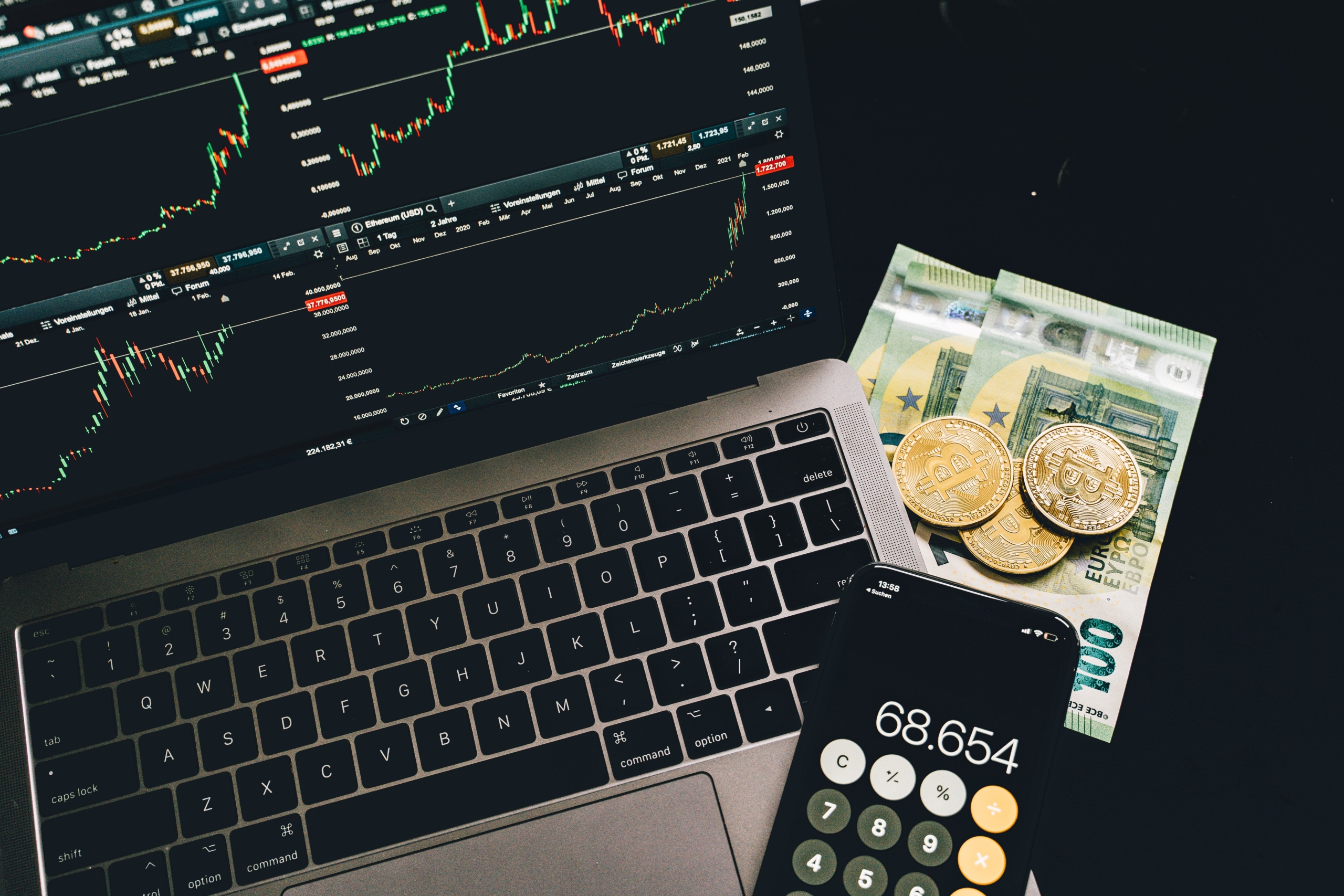Singapore Green Jet Fuel Levy on Travellers Ignites Funding Debate
The American credit cycle is at a dangerous point

The renowned book “Capital in the Twentieth Century” by French economist Thomas Piketty, known for its lengthy nature, can be summarized in a single expression: r > g. This formula suggests that as long as the rate of return on capital exceeds the rate of economic growth, inequality will continue to widen. The simplicity of this message garnered widespread acclaim and sparked a resurgence in the popularity of economic expressions. One such expression, i > g, applies when interest rates surpass economic growth, and it has troubling implications for debt. In an i > g world, debt levels have the potential to skyrocket as the interest on borrowing outpaces the debtor’s earnings.
The United States is now on the verge of crossing this threshold. In the first quarter of 2023, robust real economic growth of 4.5% and worrisomely high inflation caused nominal GDP to rise at an annualized rate of 8.3%, surpassing nominal interest rates of around 5%. Economists surveyed by Bloomberg anticipate a slowdown in the second quarter, with projected growth of just 0.4% and inflation at 3.3%. Nominal growth is forecasted to be only 3.7%, well below the nominal interest rates of approximately 5.2%. This critical juncture in the economic cycle poses challenges for businesses, as their revenues begin to grow slower than their financing costs, and it is expected to persist for a year or more.
The specific impact depends on how debt reprices as interest rates rise. While most American homeowners are protected by generous 30-year fixed-rate mortgages, other consumers carrying revolving credit card balances and private student loans will feel the squeeze. Many companies carry a mix of fixed and floating-rate debt, with shorter maturities compared to mortgages. A significant portion of corporate fixed-rate debt is due to roll over in 2024, leading to growing concerns among corporate treasurers. These companies are already finding it difficult to issue debt, and they fear being unable to refinance their debt at all.
The most vulnerable companies include those recently acquired by private equity firms. Private-credit loans held by portfolio companies often have floating rates, leaving them exposed to the rising interest rates. During the previous credit cycle in 2008, many private equity firms negotiated with banks to hold onto their overleveraged acquisitions. However, this time, they will face off against private-credit lenders, many of which employ substantial private equity teams and would eagerly take on overleveraged companies. A recent example occurred on May 16th when Envision Healthcare, a portfolio company in which kkr invested $3.5 billion in 2018, succumbed to its lenders.
While current interest rates have remained high, the American economy has weathered the storm reasonably well, with bank failures causing only minor damage. However, the context has changed. It is easier to accept a high cost of capital when it is matched by high returns. Unfortunately, that may not be the case much longer.

